Introduction: The Introduction Title
It's not the stars that hold our destiny, but ourselves. - William Shakespeare. In a universe teeming with infinite wonders and lurking dangers, Shakespeare's words remind us of our role as Earth's guardians. We can no longer idly watch the heavens hoping for safety. Our technological destiny lies not in fortuitous alignment but in proactive preparedness. Imagine waking up to a world not anticipating doom from the sky, but strategizing against it with intelligence. An intelligence, bold and functional, named Artificial Intelligence (AI). The question looms: can AI fortify Earth's defense against the capricious dance of asteroids?
In the hush of the cosmic vastness, asteroids, with their unpredictable trajectories, are silently charted threats, yet also opportunities for innovation. Stephen Hawking, Carl Sagan, and Neil deGrasse Tyson, illustrious voices in astrophysics, have echoed the ticking clock of asteroid collisions. As we stand on this precipice between potential calamitous impact and safeguarding strategies, the role of AI as a sentinel in space becomes ever more deserved of our attention.
The Threat of Asteroids: Understanding the Risk
Asteroids might seem like distant floating rocks, far from impacting our day-to-day existence. However, these celestial bodies aren't just harmless chunks. They're rocky remnants of our solar system's formation, whirling through space with precision and sometimes errant paths. Think of asteroids as cosmic puzzle pieces on a crash course—a course that, with any slight nudge, might intersect with our cozy speck of Earth.
The geological echoes from Earth's past tell tales of monumental asteroid impacts. The most famous? The colossal asteroid that heralded the end of the dinosaurs approximately 66 million years ago. A stark reminder etched not just in stone but in the very essence of history. In recent memory, smaller asteroids have caused noticeable stirrings, like the Chelyabinsk meteor in 2013, which exploded over Russia and injured over a thousand people. They're frequent reminders, knocking—sometimes quite literally—on our atmospheric door.
Our solar system is a vast, dynamic stage, and asteroids are the sporadic actors crossing its paths. They range in size from pebbles to hundreds of miles across. NASA estimates that there are over 25,000 near-Earth objects (NEOs) that could spell danger for us should they be set on a collision path. Navigating this cosmic chessboard requires vigilance and calculation, facilitated best by a combination of innovative technology and AI insights.
2. Current Detection Technologies: The State of the Art
Before we imagine AI-powered satellites zooming around like cosmic sheriffs, let's take a moment to appreciate the work already being done by existing technologies. The telescope is hardly new— Galileo's ancient tool saw Jupiter's moons before iPhones existed. Today's ground-based telescopes are more like eagle-eyed watchers perched on Earth, peering into the void with a sophistication that would make Galileo adjust his collar.
2.1 Ground-Based Telescopes
Imagine these telescopes as Earth's first line of defense in identifying wandering space rocks. High up in observatories across NASA, we have telescopic systems scanning the skies for near-Earth objects (NEOs). These aren't your average backyard stargazers. Equipped with cutting-edge light sensors, they detect faint blips of asteroids many light years away.
2.2 Space-Based Observatories
If you've ever dreamed of going beyond terrestrial bounds, meet the space-based observatories. These are celestial lifeguards floating above us, like NEOWISE, which keeps a watchful digital eye. Simply put, they are like space's own paparazzi, capturing images of NEOs from angles that we can't achieve from Earth. They're watching, snapping, and mapping with the precision of a space ninja.
3. The Role of AI in Enhancing Detection
As stunning as our ground-based and space observatories are, they sometimes feel like staring into the cosmos with a blindfold on. This is where Artificial Intelligence sprints onto the field like a rockstar at a tech concert. AI's role in boosting asteroid detection is akin to switching from dial-up to fiber-optic internet—rapid, comprehensive, and potentially life-saving.
3.1 Machine Learning Algorithms
Machine learning, dear reader, is more than a buzzword. It's the brain behind AI's muscle, engaging in pattern recognition that leaves traditional methods eating space dust. Imagine an army of AI researchers developing algorithms that predict asteroid trajectories. It’s like having an oracle who predicts celestial hiccups before they even happen.
3.2 Data Processing Speed
Picture AI as a speed-demon, consuming vast streams of data as if it's downing sports drinks. Traditional methods, with their leisurely pace, can't hold a cosmic candle to AI's breakneck speeds. In moments where rapid decisions are as crucial as avoiding a failed high-five, AI excels. By processing NEO data at lightning speeds, the potential for quick countermeasures is astronomically better.
Deflection Strategies: How to Alter an Asteroid’s Course
Imagine standing on a beach, with the ocean stretching infinitely before you. Now, picture an immense wave rising on the horizon, bearing down with unstoppable force. This is the challenge we face with asteroids—a looming threat that demands unparalleled innovation. But don't fret, because humanity isn't taking this challenge lying down. Instead, experts are developing ingenious ways to divert these cosmic waves. Here's how we can potentially alter an asteroid's course:
Kinetic Impactors
Kinetic impactors sound like something out of Star Wars, but they're very real. This concept involves sending a fast-moving spacecraft to collide with an asteroid to nudge it onto a different path. Think of a game of cosmic billiards, but on a scale that's slightly more intimidating than a pool table. NASA is pioneering this exciting venture with its DART mission (Double Asteroid Redirection Test), a groundbreaking project set to test these high-stakes theories in reality.
Here’s how it looks:
- Launch a Spacecraft: A specialized spacecraft is designed and launched to meet the target asteroid.
- Impact Point Calculation: Complex calculations determine the best impact point to maximize deflection.
- Hit and Nudge: On impact, the craft transfers momentum, shifting the asteroid’s trajectory.
Gravity Tractors
If kinetic impactors are the assertive approach, then gravity tractors take the more subtle route. The idea is equally fascinating. A spacecraft hovers near the asteroid, using its gravitational pull to gradually tug the asteroid off its course over time. It’s like a cosmic dance that requires patience, precision, and perfectly timed moves.
| Method | Mechanism | Time Frame |
|---|---|---|
| Kinetic Impactor | Direct collision alters trajectory | Immediate impact |
| Gravity Tractor | Prolonged gravitational pull | Long-term influence |
These approaches highlight humanity’s brilliant ingenuity in the face of potential cosmic catastrophes. Each method, from the dramatic to the delicate, underscores the collaborative efforts of scientists worldwide as we unite to protect our planet.
Global Collaboration: An International Approach to Planetary Defense
Just as preparing for an asteroid strike requires innovative technology, it also requires teamwork on a global scale. Protecting Earth isn't a one-country job. It requires all hands on deck, with everyone rowing in the same direction.
Current Collaborations
In the spirit of global unity, space agencies like NASA, ESA (European Space Agency), and JAXA (Japan Aerospace Exploration Agency) have teamed up to tackle this enormous challenge. This cooperation has already spun off into programs like the Center for Near Earth Object Studies, which develops impact monitoring systems.
Take these examples:
- Tracking Initiatives: Shared data from telescopes and observatories around the world enhance detection capabilities.
- Joint Missions: Collaborative space missions offer a wide range of research perspectives and expertise.
Future Prospects
The future of planetary defense is bright if we manage to cultivate widespread international cooperation. Picture a world where nations pool resources and knowledge to take on asteroids, creating a tapestry of missions, measurements, and methods more effective than any single country could implement.
Here’s the dream:
- Sharing Technologies: Countries collaborate to develop novel detection and deflection technologies.
- Resource Distribution: Sharing of funds, expertise, and research accelerates defenses.
- Diplomatic Engagement: Engaging more nations ensures a geographically balanced defense strategy.
The road to a comprehensive planetary defense system is laid with partnerships and shared responsibilities. As nations realize the invincible strength birthed through unity, we march towards a future where the safety of our blue planet rests in the capable and collective hands of global teamwork.
AI Solutions: How Would AI Tackle This Issue?
Artificial Intelligence (AI) stands to radically transform how we observe, analyze, and react to potential asteroid threats. Its capacity for predictive analytics and autonomous decision-making can fortify our defense mechanisms, shielding our planet from cosmic risks. Let's dive deeper into how AI can tackle these challenges:
AI's predictive capabilities are one of its most formidable assets. By harnessing machine learning models, scientists can simulate various asteroid impact scenarios, analyzing their potential paths and impacts. These predictive models utilize historical data, trajectory examples, and object compositions to anticipate where a threatening asteroid might be headed. Essentially, it’s like giving future vision to astronomers—imagine them equipped with superhuman foresight!
Moreover, AI can speed up data processing significantly. Traditional methods of asteroid tracking can be slow and labor-intensive. AI systems, on the other hand, can scan vast databases and quickly recognize patterns that indicate the presence of near-Earth objects. This rapid processing helps scientists make swift decisions regarding the degree of threat an asteroid presents. It's the difference between being informed about an asteroid just days before it might hit and knowing about it months or even years in advance.
Furthermore, AI-enhanced autonomous systems could execute crucial maneuvers in emergency situations. Picture a spacecraft capable of deciding its response to an incoming asteroid on its own—adjusting its trajectory or launching a deflection mission without waiting for human command. This level of autonomy, powered by AI, could be the difference between life and death for our planet.
Let’s break down a potential roadmap for implementing these AI solutions, aiming for a timeline from Day 1 to Year 2:
Day 1: Gather global experts across multiple disciplines, including AI specialists from MIT and Stanford, as well as astronomers from the NASA and ESA. Initiate discussions on our current asteroid monitoring capabilities and potential enhancements through AI technology.
Day 2: Establish a dedicated AI working group composed of experts from top tech companies like IBM and Google, with a specific focus on AI applications in space research.
Day 3: Assess existing detection systems and identify gaps. Collaborate with others in academia and industry to combine resources and knowledge efficiently.
Week 1: Define specifics of asteroids to monitor and develop an algorithm that can detect and refine prediction models based on up-to-date observational data.
Week 2: Initiate collection of training data from telescopes and observational data, essential for AI systems to learn and adapt effectively.
Week 3: Create simulation environments where AI can undergo rigorous testing against existing predictive models. This step ensures that the integrated AI is robust and accurate.
Month 1: Launch a real-time analysis program that employs AI-driven algorithms in tracking and detecting near-Earth objects. Collaboration with SpaceX may enable rapid deployment of monitoring satellites.
Month 2: Host a global symposium discussing planetary defense strategies, uniting political leaders, scientists, and the public to garner broad support for asteroid monitoring initiatives.
Month 3: Begin prototyping spacecraft equipped with AI technologies aimed to deflect asteroids. Test various deflection methods, including kinetic impacts and gravity tractors.
Year 1: Complete a comprehensive review of collected observations and refine algorithms based on initial findings from simulation data. This may include continuous public engagement to maintain interest in planetary protection.
Year 1.5: Conduct a small-scale deflection test on a near-Earth object using a prototype spacecraft to assess the viability of proposed technologies in real scenarios.
Year 2: Finalize recommendations for a global asteroid defense framework, and develop additional proposals for further funding and collaborative partnerships. Engagement with organizations like the United Nations could amplify the global response to planetary defense efforts.
Conclusion: Safeguarding Our Future Against Cosmic Threats
In an age of rapid scientific advancement, the harnessing of Artificial Intelligence for planetary defense presents us with a beacon of hope against the looming threat of asteroid impacts. Imagine a future where we not only detect these cosmic menaces but neutralize them before they can wreak havoc on our Earth. The need for innovation is dire, calling upon collaborative international efforts, scientific ingenuity, and unwavering public support.
As we move forward, the recognition that we have the power to alter the course of not just asteroids, but humanity's survival becomes paramount. This will require a collective commitment—a willingness to explore the unknown and embrace the challenge of planning for our planet's future. Through foresight, determination, and embracing the potential of AI, we can ensure the survival of our civilization amidst the chaos of the cosmos.
Now, more than ever, let's engage in dialogue about these transformative solutions. What questions do you have about our global defense strategies? How do you see the role of AI shaping our future? Join the conversation below!
FAQ
Q: What is the likelihood of an asteroid impacting Earth?
A: The chances of an asteroid hitting Earth are low, but the potential consequences can be severe. Scientists say that large asteroids, which could cause massive damage, strike Earth on average every 100,000 years. Smaller asteroids hit more frequently, but they usually burn up in the atmosphere. So, while it’s not an everyday worry, being prepared is vital.
Q: How does AI contribute to detecting asteroids?
A: AI helps scientists detect asteroids better and faster. It can sort through huge amounts of data from telescopes, looking for patterns that might indicate an asteroid is on a collision course. For example, Machine Learning, a type of AI, can learn from past data to predict future paths of asteroids.
Q: Are there any existing deflection missions planned?
A: Yes, there are. One well-known mission is NASA's [Double Asteroid Redirection Test (DART)](https://www.nasa.gov/mission_pages/dart/index.html), which aims to hit an asteroid to change its path. This will help scientists understand how we could protect Earth from a potential asteroid impact in the future.
Q: What kinds of asteroids are there?
A: Asteroids come in different types based on their composition:
- C-Type (Carbonaceous): These are dark and contain lots of carbon. They are usually found in the outer part of the asteroid belt.
- S-Type (Silicaceous): These are made of silicate materials and metals. They are mostly located in the inner part of the asteroid belt.
- M-Type (Metallic): These consist mostly of nickel and iron, making them quite dense and metallic.
Q: Why is global collaboration important for planetary defense?
A: Collaborating internationally allows countries to pool their resources, share information, and develop better technology for detecting and deflecting asteroids. Organizations like [NASA](https://www.nasa.gov/) and the [European Space Agency (ESA)](https://www.esa.int/) work together to enhance global safety. By combining our efforts, we can build a stronger defense against these cosmic threats.
Q: What should I do if there’s an asteroid threat?
A: In most cases, local and global governments would relay information and instructions. Stay updated through news sources and be aware of emergency preparations in your area. Knowing the basics of preparedness can make a difference, just like during natural disasters.
Q: What do asteroids mean for our future?
A: Understanding and preparing for asteroids is essential. They can provide valuable resources, like metals and materials that could be used in space exploration. On the flip side, if a large asteroid hits Earth, it could lead to severe consequences. Our best bet is to harness technology, like AI, to navigate these challenges. [NASA's Asteroid Watch](https://www.nasa.gov/asteroidwatch) keeps an eye on near-Earth objects to keep everyone informed and safe.
Q: How can I get involved in asteroid awareness and planetary defense?
A: You can support organizations focused on planetary defense by following them on social media, sharing educational materials, and participating in events like [Asteroid Day](https://asteroidday.org/) on June 30th each year. Educating your friends and family about the importance of asteroid awareness helps build a more prepared community.
Wait! There's more...check out our gripping short story that continues the journey: The Colors of Revolution
Disclaimer: This article may contain affiliate links. If you click on these links and make a purchase, we may receive a commission at no additional cost to you. Our recommendations and reviews are always independent and objective, aiming to provide you with the best information and resources.
Get Exclusive Stories, Photos, Art & Offers - Subscribe Today!
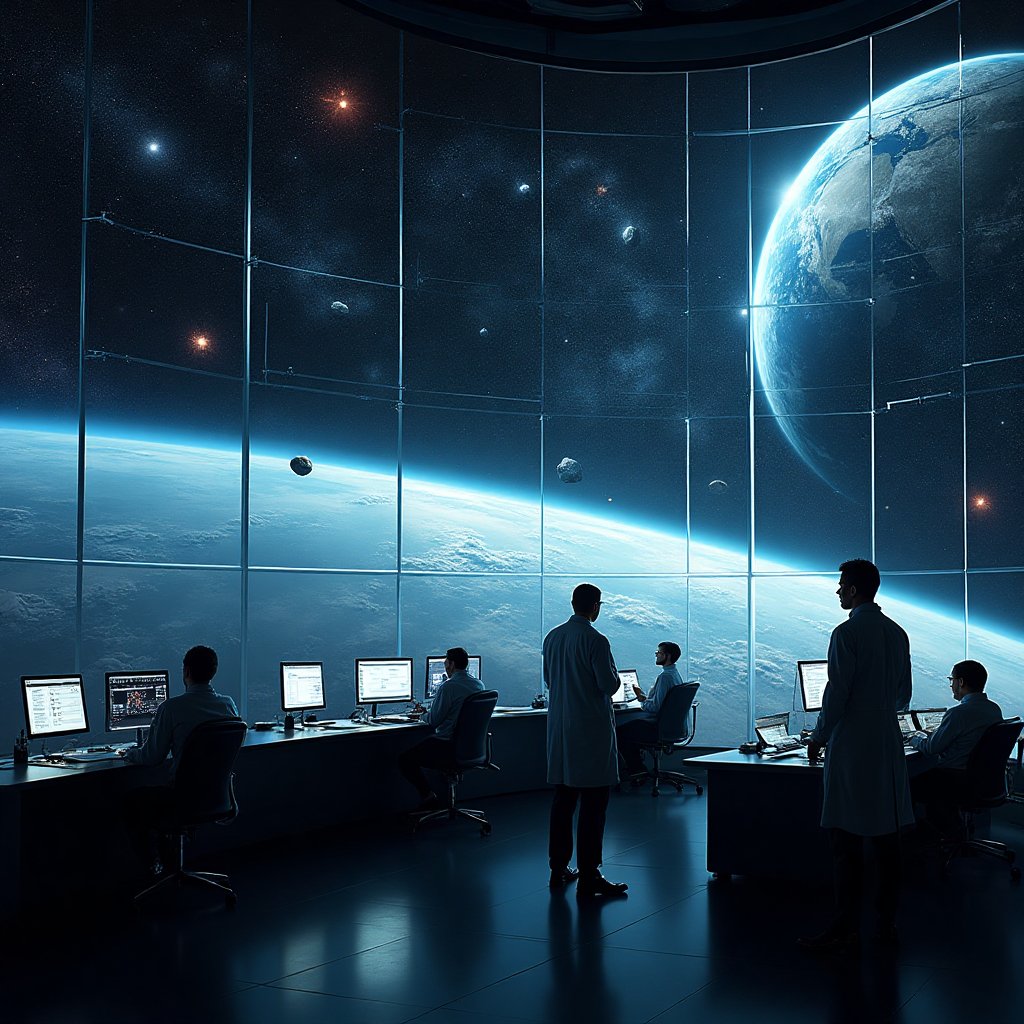
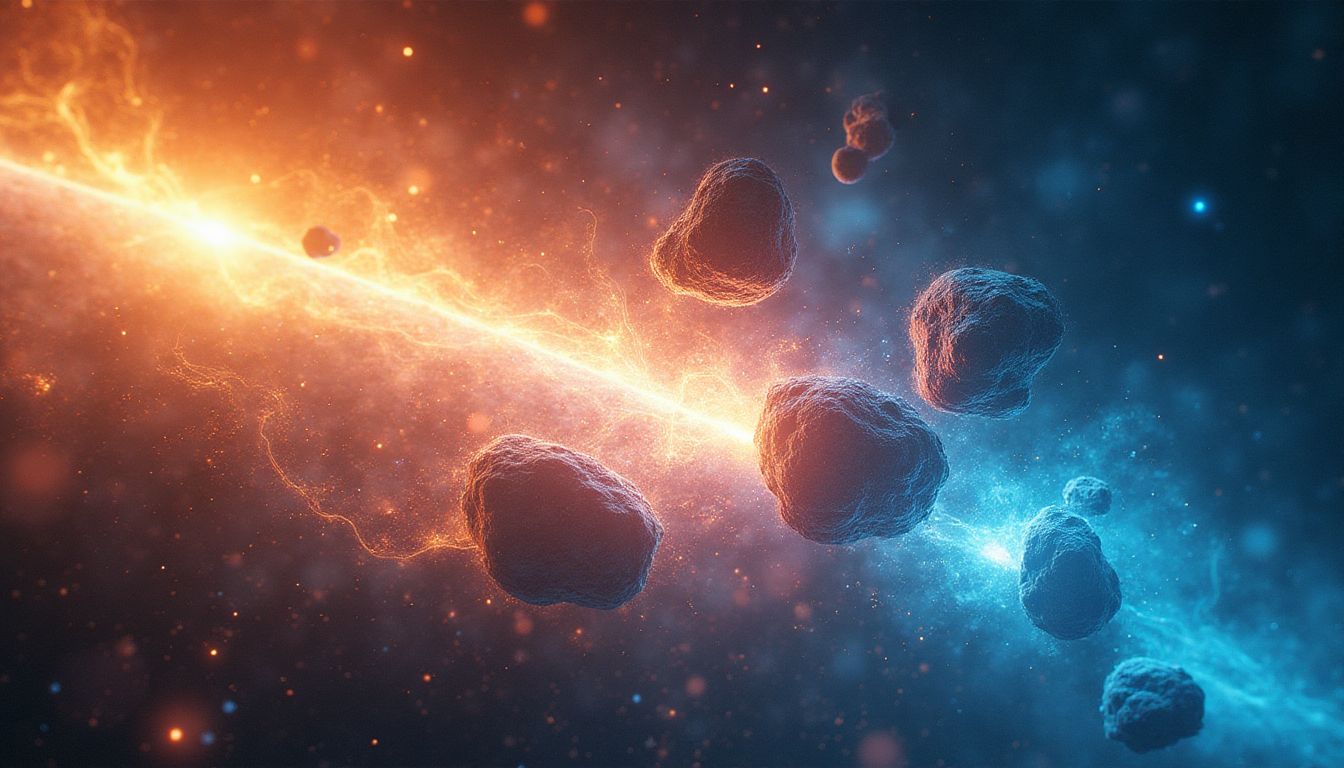
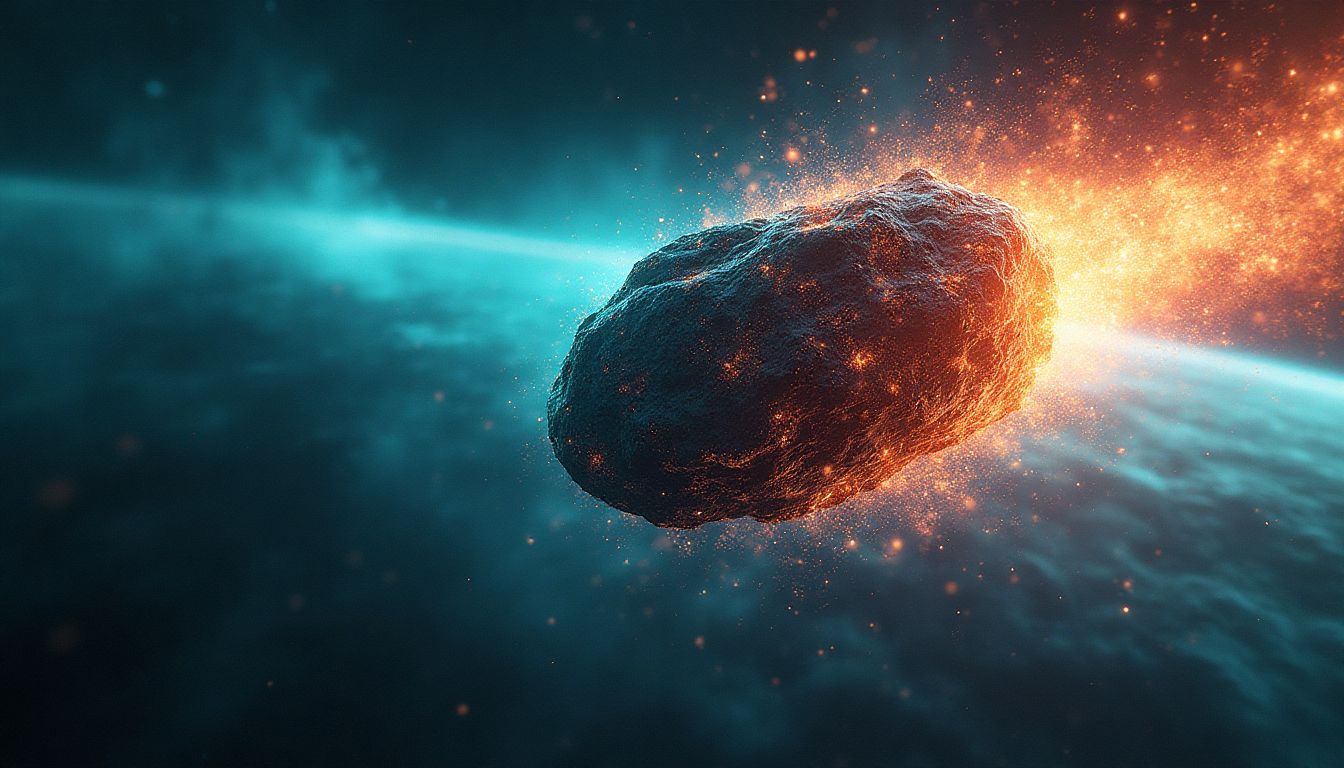
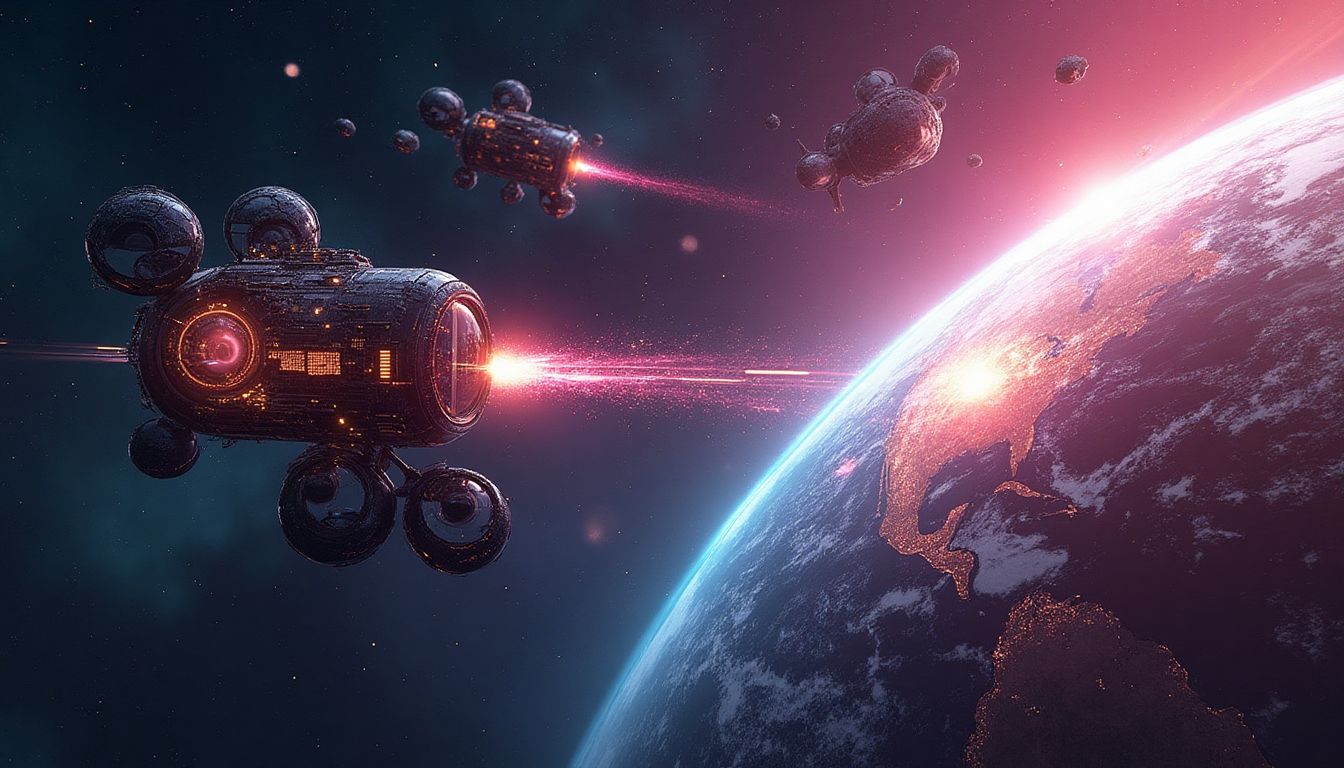
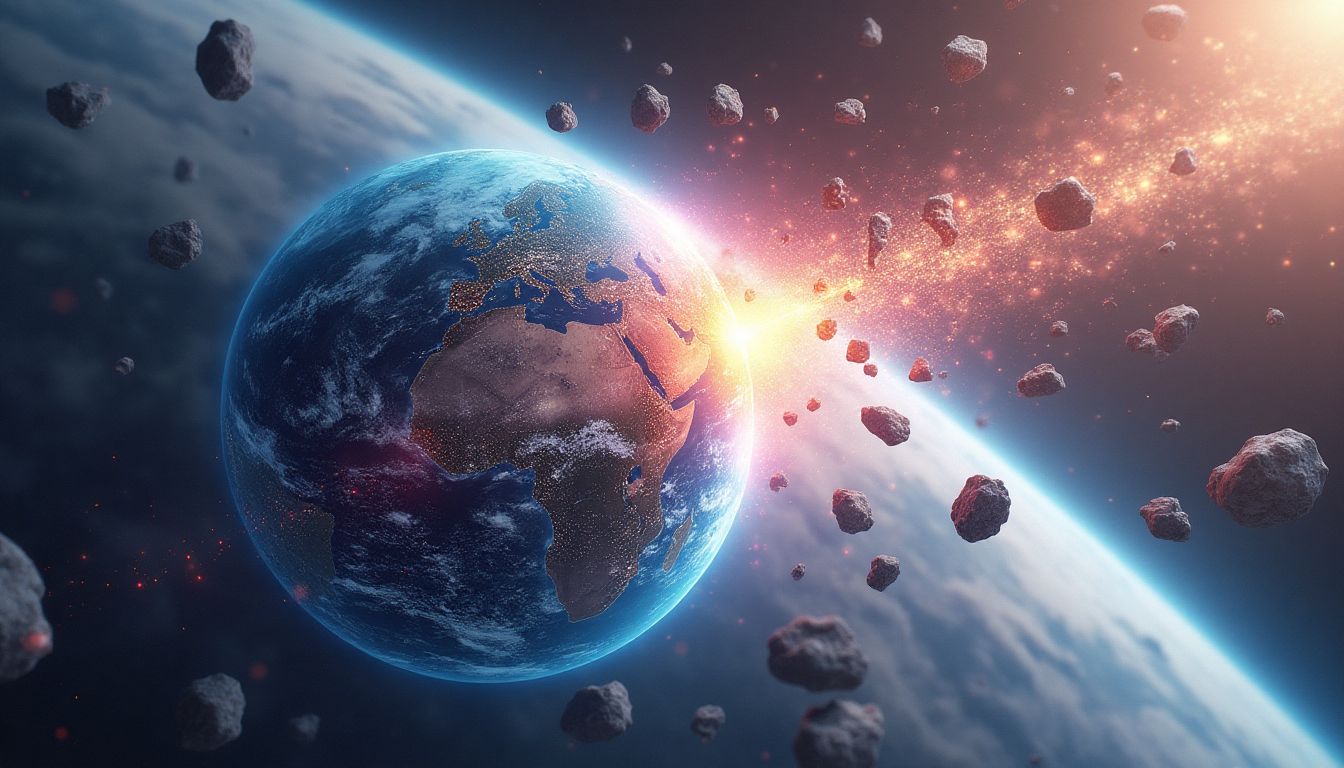




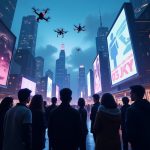

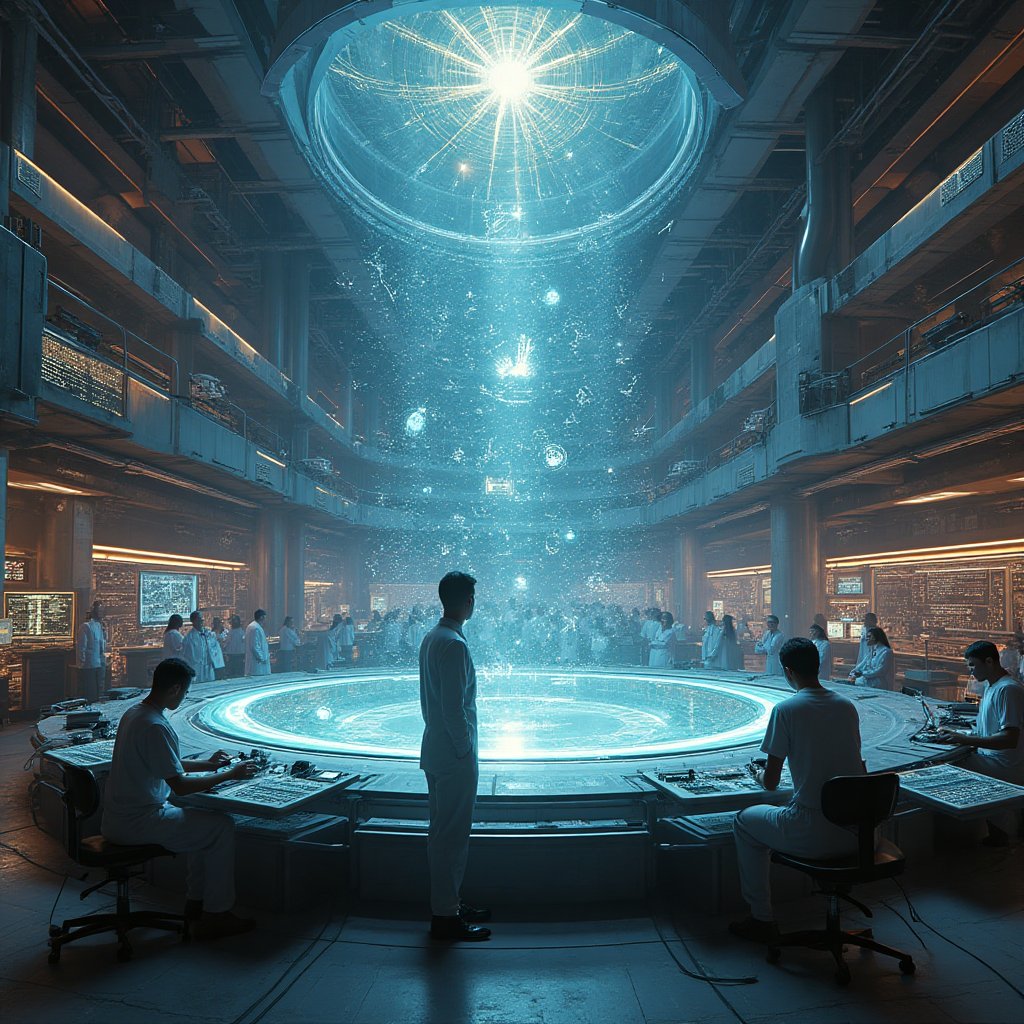

















1 comment